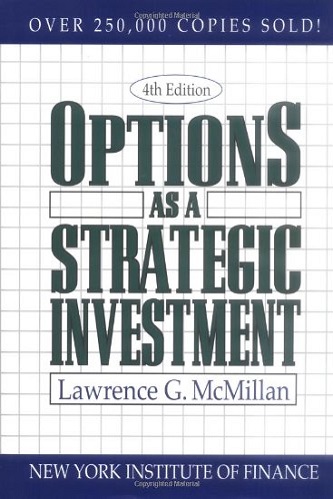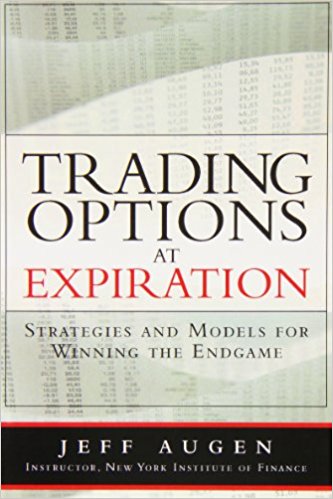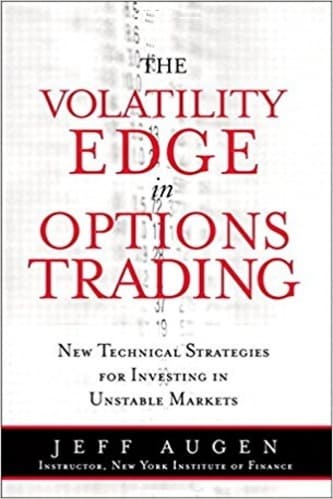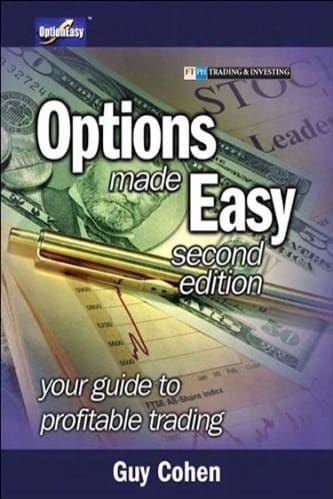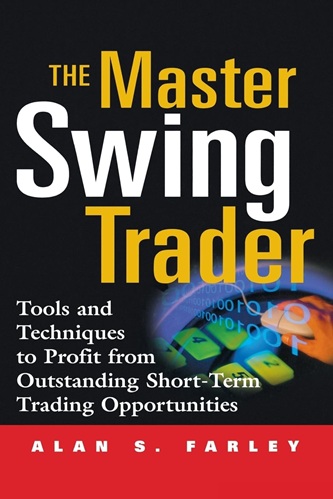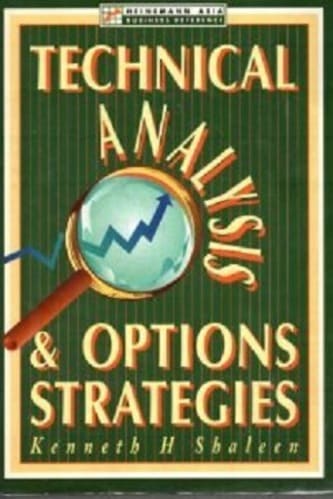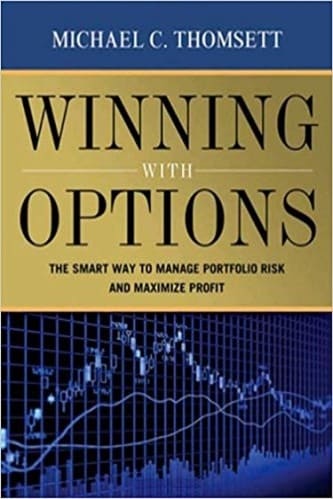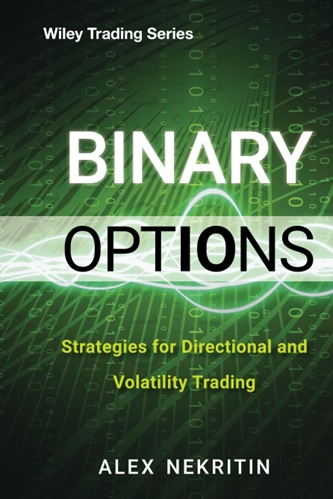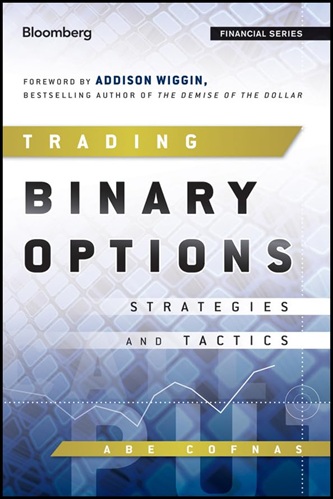Options as a Strategic Investment
$23.87
| Author(s) | |
|---|---|
| Format |
|
| Pages |
1069 |
| Publication Year |
2002 |
Options as a Strategic Investment gives you the latest market-tested tools for improving the earnings potential of your portfolio while reducing downside risk—no matter how the market is performing. Written especially for investors who have some familiarity with the option market, this comprehensive reference also shows you the concepts and applications of various option strategies — how they work, in which situations, and why; techniques for using index options and futures to protect one’s portfolio and improve one’s return; and the implications of the tax laws for option writers, including allowable long-term gains and losses. Detailed examples, exhibits, and checklists show you the power of each strategy under carefully described market conditions.
Introduction:
When the listed option market originated in April 1973, a new world of investment strategies was opened to the investing public. The standardization of option terms and the formation of a liquid secondary market created new investment vehicles that, adapted properly, can enhance almost every investment philosophy, from the conservative to the speculative. This book is about those option strategies -which ones work in which situations and why they work.
Some of these strategies are traditionally considered to be complex, but with the proper knowledge of their underlying principles, most investors can understand them. While this book contains all the basic definitions concerning options, little time or space is spent on the most elementary definitions. For example, the reader should be familiar with what a call option is, what the CBOE is, and how to find and read option quotes in a newspaper. In essence, everything is contained here for the novice to build on, but the bulk of the discussion is above the beginner level. The reader should also be somewhat familiar with technical analysis, understanding at least the terms support and resistance.
Certain strategies can be, and have been, the topic of whole books – call buying, for example. While some of the strategies discussed in this book receive a more thorough treatment than others, this is by no means a book about only one or two strategies. Current literature on stock options generally does not treat covered call writing in a great deal of detail. But because it is one of the most widely used option strategies by the investing public, call writing is the subject of one of the most indepth discussions presented here. The material presented herein on call and put buying is not particularly lengthy, although much of it is of an advanced nature – especially the parts regarding buying volatility and should be useful even to sophisticated traders.
Contents:
Part 1: BASIC PROPERTIES OF STOCK OPTIONS
- Definitions
Part 2: CALL OPTION STRATEGIES
- Covered Call Writing
- Call Buying
- Other Call Buying Strategies
- Naked Call Writing
- Ratio Call Writing
- Bull Spreads
- Bear Spreads Using Call Options
- Calendar Spreads
- The Butterfly Spread
- Ratio Call Spreads
- Combining Calendar and Ratio Spreads
- Reverse Spreads
- Diagonalizing a Spread
Part 3: PUT OPTION STRATEGIES
- Put Option Basics
- Put Option Buying
- Put Buying in Conjunction with Common Stock Ownership
- Buying Puts in Conjunction with Call Purchases
- The Sale of a Put
- The Sale of a Straddle
- Synthetic Stock Positions Created by Puts and Calls
- Basic Put Spreads
- Spreads Combining Calls and Puts
- Ratio Spreads Using Puts
- LEAPS
Part 4: ADDITIONAL CONSIDERATIONS
- Buying Options and Treasury Bills
- Arbitrage
- Mathematical Applications
Part 5: INDEX OPTIONS AND FUTURES
- Introduction to Index Option Products and Futures
- Stock Index Hedging Strategies
- Index Spreading
- Structured Products
- Mathematical Considerations for Index Products
- Futures and Futures Options
- Futures Option Strategies for Futures Spreads
Part 6: MEASURING AND TRADING VOLATILITY
- The Basics of Volatility Trading
- How Volatility Affects Popular Strategies
- The Distribution of Stock Prices
- Volatility Trading Techniques
- Advanced Concepts
- Taxes
- The Best Strategy?
Options as a Strategic Investment By Lawrence G. McMillan

